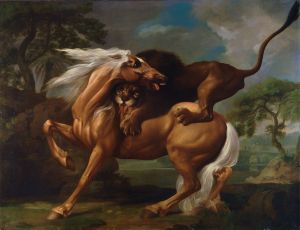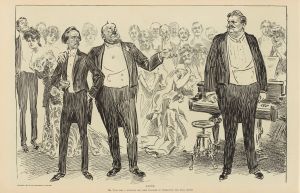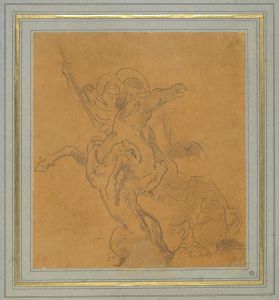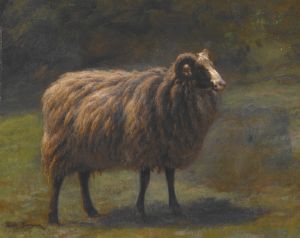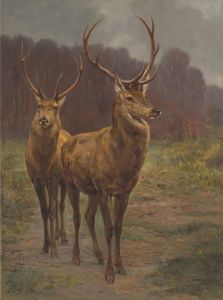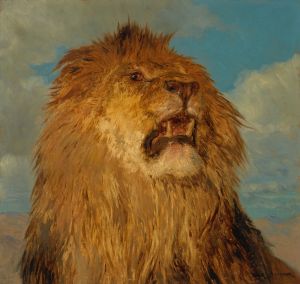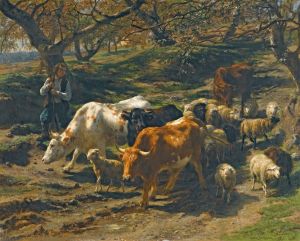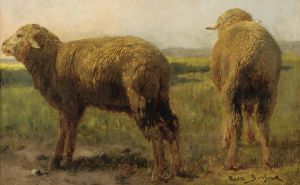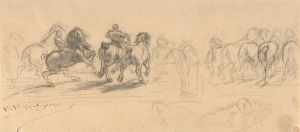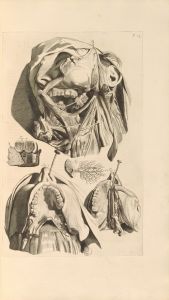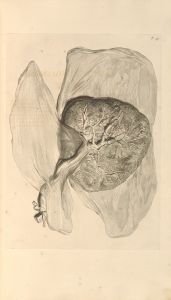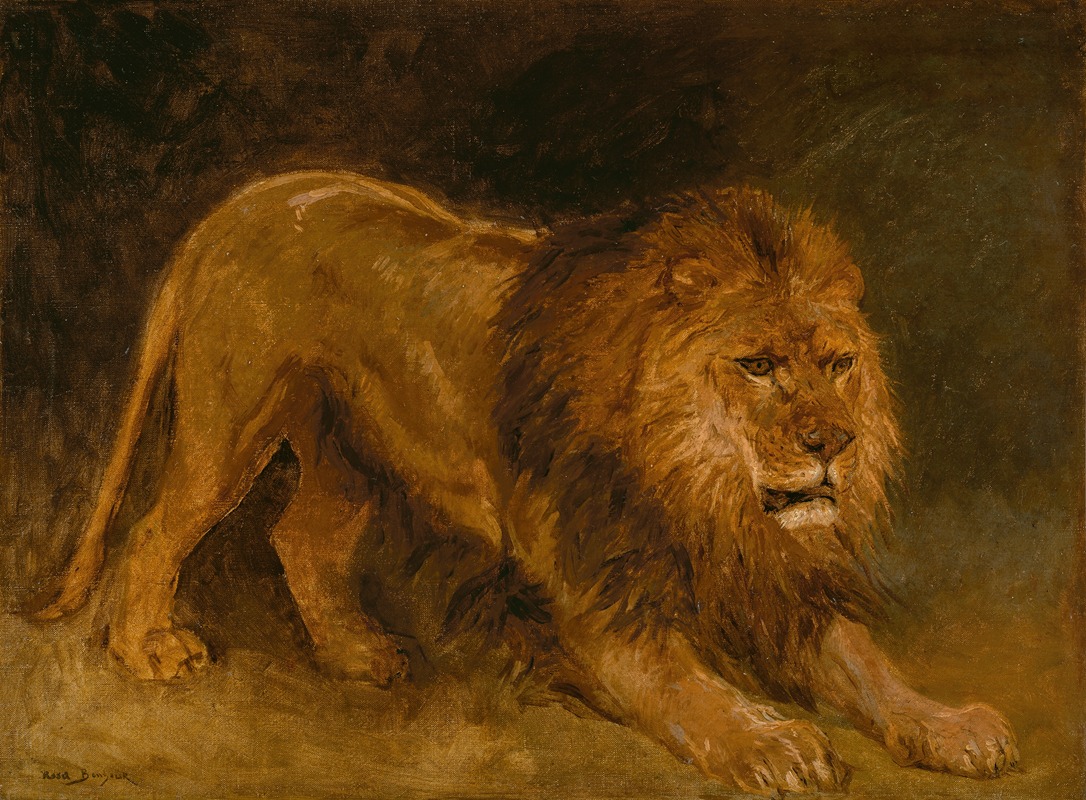
Lion guettant une proie
A hand-painted replica of Rosa Bonheur’s masterpiece Lion guettant une proie, meticulously crafted by professional artists to capture the true essence of the original. Each piece is created with museum-quality canvas and rare mineral pigments, carefully painted by experienced artists with delicate brushstrokes and rich, layered colors to perfectly recreate the texture of the original artwork. Unlike machine-printed reproductions, this hand-painted version brings the painting to life, infused with the artist’s emotions and skill in every stroke. Whether for personal collection or home decoration, it instantly elevates the artistic atmosphere of any space.
Lion guettant une proie (translated as Lion Stalking Its Prey) is a painting by the renowned French artist Rosa Bonheur (1822–1899). Bonheur was a prominent figure in 19th-century art, celebrated for her realistic and detailed depictions of animals. She was part of the Realist movement and is best known for her large-scale works such as The Horse Fair (1855).
This particular painting, Lion guettant une proie, showcases Bonheur's exceptional ability to capture the essence and behavior of animals in their natural state. The artwork depicts a lion in a moment of intense focus, crouched and ready to pounce on its prey. The composition emphasizes the lion's muscular form and the tension of the hunt, reflecting Bonheur's deep understanding of animal anatomy and movement. Her meticulous attention to detail and her commitment to studying animals in their natural habitats or in captivity are evident in this work.
Rosa Bonheur was known for her dedication to studying her subjects firsthand. She often visited zoos, circuses, and even traveled to observe animals in the wild. This commitment to direct observation allowed her to render animals with remarkable accuracy and vitality. It is likely that Lion guettant une proie was informed by such studies, as Bonheur frequently sketched and painted lions and other wild animals throughout her career.
The painting is executed in oil on canvas, a medium Bonheur commonly used. The color palette and brushwork in Lion guettant une proie demonstrate her skill in creating lifelike textures, from the lion's fur to the surrounding environment. The naturalistic style of the painting aligns with the Realist movement, which sought to depict subjects truthfully and without idealization.
While Lion guettant une proie is not as widely known as some of Bonheur's larger works, it remains an important example of her talent and her focus on animal subjects. The painting reflects her lifelong passion for the natural world and her ability to convey the power and grace of wildlife.
The current location of the painting is not widely documented, and it is unclear whether it resides in a public collection, private ownership, or has been lost to history. Rosa Bonheur's legacy, however, continues to be celebrated, and her works remain influential in the fields of animal painting and Realist art.





